Views
Polyurethane resin can be two-component and one-component. If we talk about the assortment on the market, then there are epoxy and hydroactive injection. The composition of each type is different, therefore the scope of application is also different.
Prepolymers are the basis for the creation of one-component substances.
Among their distinctive features:
- an increase in volume when interacting with liquids;
- low viscosity.
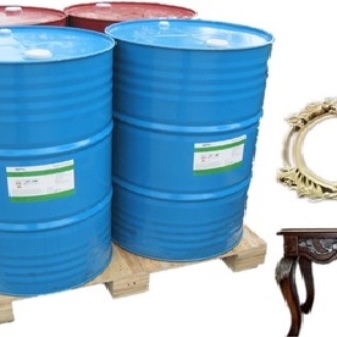
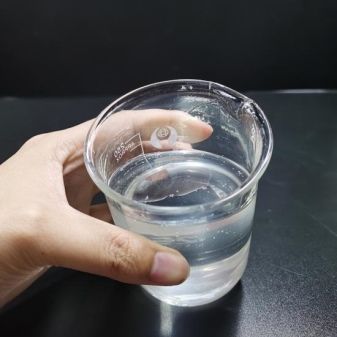
To work with the resin, you do not need to purchase additional equipment and mix the components. The reaction speed is high.
The product fills even the smallest cracks quickly and easily. The resin has found wide application in the field of making filters.
Hydroactive polyurethane is the base used to create a one-component product. Differs in a short period of foaming.
It is ideal for repairing leaks. Upon contact with liquid, the material increases in volume 40 times. The resin is pumped in with special equipment - a pump. Precisely because it has a low viscosity, even microcracks are filled.
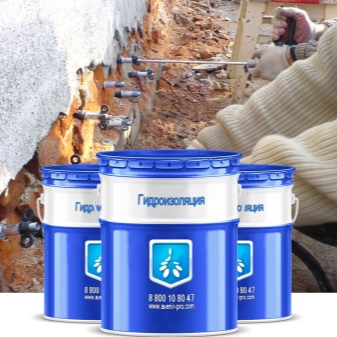
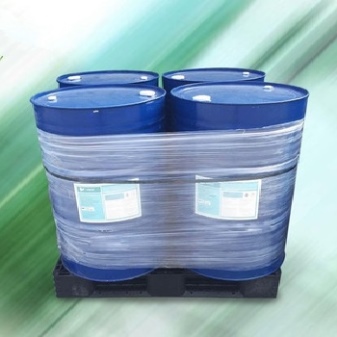
If a leak has formed with an active inflow of water, then a two-component resin is well suited.
A good bond is created with materials such as concrete, brick, natural stone. With the help of the composition, building structures are also connected when tunnels are being built or drilling operations are underway. The resin can be used at temperatures from -10 to + 45 C.
Epoxies are thermosetting polymer resins in which the molecule contains one or more epoxy groups. There are two main types of epoxy resins: glycidyl and non-glycidyl.
Glycidyl: glycidylamine, glycidyl ether. Non-glycidyl epoxy resins are either aliphatic or cyclo-aliphatic resins.
One of the most common glycidyl epoxy resins is formulated using bisphenol A (BPA) and synthesized by reaction with epichlorohydrin. Another commonly used type is known as novolac based epoxy.
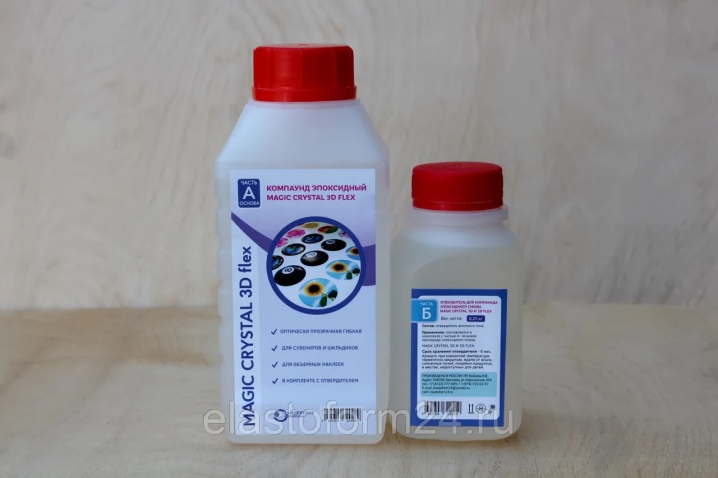
It is customary to distinguish three main types of injection resins:
Polyurethane injection resins
Polyurethane injection resins are actively used in combination with polyurethane foams, which allows you to quickly eliminate active leaks. They are also used to eliminate movable and static cracks from 0.2 mm. Nearly all injection resins are capable of providing excellent sealing and complete crack reopening. At the same time, the material is not afraid of dynamic loads and temperature changes Manopur 143 is a high-quality polyurethane resin intended for sealing and filling construction joints, wet and dry cracks, and is capable of providing 100% waterproofing of the structure.
Epoxy injection resins
If it is necessary to repair cracks in structures with increased strength requirements, we recommend using epoxy injection resins. They are able to fully restore the bearing capacity of most of the elements of the object. Low viscosity, high strength and excellent adhesion allows for the elimination of cavities and cracks with a width of less than 0.1mm. The composition perfectly adheres parts of a concrete structure. In this case, there is a complete restoration of the bearing capacity and strength of the object. Another important difference between epoxy resins is their polymerization without moisture.
- Manopox 352 is a unique material that allows you to fully restore structures from ceramic tiles, concrete, wood, glass and other materials.Fills and seals dry cracks, repairs damaged concrete and plaster.
- Manopox 352 LV - unlike its counterpart in the class, it has a much lower viscosity and higher indicators of bending and tensile strength
Siloxane injection resins
This type of injection resin is characterized by the highest adhesion to various substrates. Upon contact with water, the composition turns into a microemulsion, which is able to penetrate deeply into the material and create an effective barrier to capillary moisture. At the same time, the wall does not lose its ability to "breathe". Suitable for brick walls, aerated concrete and natural stone
We offer injection materials of our own production
The company "Hydrozo" produces resins, gels, foams for injection on polyurethane, acrylate, siloxane and epoxy bases, injection mixtures on a mineral base. The line also includes catalysts, removers, plasticizers and other auxiliary products for effective injection work and modification of the properties of formulations.
The use of injection technologies has a number of advantages:
- high adhesion and optimal injection rate of the compounds, allow you to carefully seal seams, voids, defects, cavities;
- high physical and mechanical properties of the final products ensure the reliability of the solution;
- the use of the injection method for waterproofing and repair is possible not only at the construction stage, but also for the repair of buildings and structures previously put into operation;
- it is possible to solve any problem of waterproofing - including in the presence of pressure leaks, voids, various types of cracks, including during restoration work;
- injection of buried structural elements, for example, foundations, does not require excavation from the outside;
- the materials used are environmentally friendly, their contact with drinking water is allowed;
- high dry residue in the composition ensures no shrinkage and high efficiency;
- the durability of the solution allows you to significantly increase the turnaround time.
What it is?
Polyurethane resin is a synthetically produced sticky substance. It is an industrial product used in the production of rubber, pharmaceuticals and more.
To better understand what it is, you need to know the connections.
Isocyanate is a compound made up of nitrogen, carbon and oxygen. When it is exposed to hydroxyl, a compound containing hydrogen, a urethane bond is formed. Diisocyanate is a compound containing two isocyanates, so they also react with hydrogen.
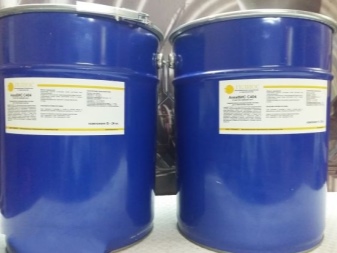

The production of a polyurethane resin typically involves a reaction between a polyether polyol and a diisocyanate such as toluene diisocyanate.
Heat or catalysts are also needed to complete the process, and when they are added, the substance takes on its final and irreversible form. This means that it cannot be deformed even if exposed to heat again.
Polyurethane resin is considered versatile because it can be used to make a variety of products, from inks to plastics. This became possible because the material can change its properties under different exposure options.


Other benefits include:
- excellent chemical resistance, in particular to alkaline environments;
- very high tensile, compressive and flexural strength;
- low shrinkage during hardening;
- excellent electrical insulation properties;
- excellent corrosion resistance;
- high degree of resistance to physical stress;
- the possibility of hardening in a wide temperature range.
Disadvantages:
- the effect of ultraviolet radiation is negatively reflected;
- cannot be used with organic solvents.
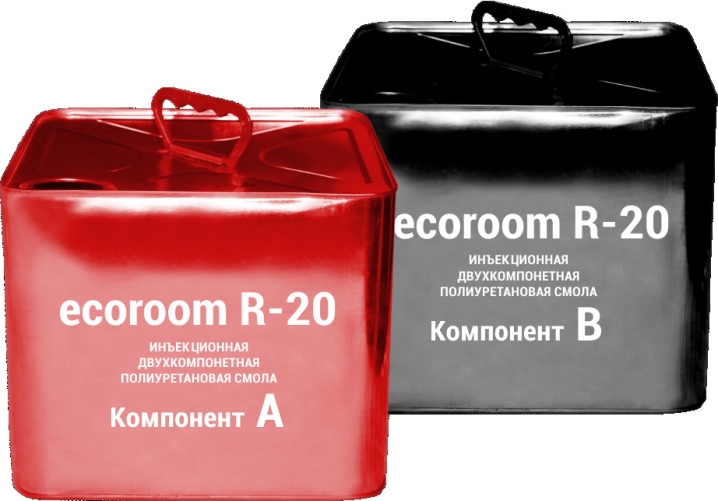
Applications
Resins are used for more than just filling tracks.Some types of products are made known to us:
- pressure vessels;
- pipes;
- missile bodies;
- recreational equipment;
- insulator rods;
- boom shafts;
- aircraft parts;
- skis and snowboards;
- printed circuit board;
- bicycle frame;
- hockey stick.
Of course, one of the main areas where polyurethane resin is used is in the field of construction and repair work.
With the help of the material, the reconstruction of structures located underground is carried out.
The voids in the foundation can be easily removed with this tool. In addition, it is a unique and high-quality material for waterproofing.
It is also worth noting that polyurethane is a plastic material that exists in various forms:
- insulation of refrigerators and freezers;
- insulation of buildings;
- car parts;
- adhesives;
- rollers and tires;
- composite wood panels;
- shoe sole.
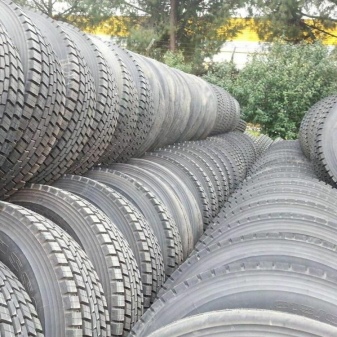

Speaking specifically about coatings that are made on the basis of polyurethane resin, they all have high wear resistance and strength. In addition, they are praised for their excellent adhesion, toughness and elasticity.
It is an excellent waterproofing agent that is unaffected by solvents and oils. Microorganisms do not adversely affect polyurethane resins.
The cracks into which the composition is fed through the injection hoses are completely filled. In this way, you can carry out the reconstruction of the foundation.
For the features of polyurethane resin, see the video.
